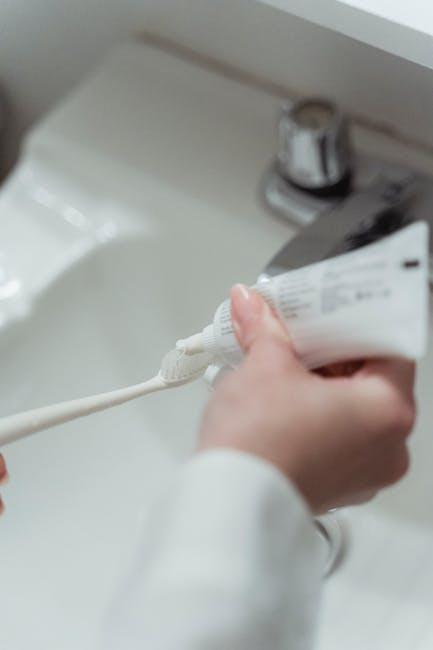Banning Fluoride Could Cause Widespread Dental Disease in Children
Fluoride has been a cornerstone of dental health for decades, proven to significantly reduce cavities and dental disease, especially in children. However, recent discussions regarding the banning of fluoride in public water supplies and dental products have sparked concerns among dental professionals and health experts. This article delves into the potential repercussions of banning fluoride, highlighting its essential benefits, risks of discontinuation, and practical tips to safeguard your child’s oral health.
Understanding Fluoride and Its Role in Dental Health
Fluoride is a naturally occurring mineral found in various sources, including soil, water, and certain foods. Its incorporation into dental care—mainly via fluoridated water and toothpaste—plays an instrumental role in preventing tooth decay.
How Fluoride Protects Children’s Teeth
- Strengthens tooth enamel: Fluoride helps remineralize weakened tooth enamel.
- Prevents acid damage: It inhibits the growth of harmful oral bacteria that produce cavity-causing acids.
- Reduces risk of dental caries: Children consuming fluoridated water have significantly fewer cavities.
What Could Happen if Fluoride Is Banned?
Removing fluoride from community water systems and dental products could trigger alarming consequences for public dental health, especially in young children.
Potential Impact on Children’s Dental Health
- Increase in tooth decay: Without fluoride’s protective benefits, children become more susceptible to cavities.
- Rise in dental treatment needs: More decayed teeth lead to higher rates of fillings, extractions, and even hospital visits for severe dental infections.
- Health disparities could widen: Children from low-income families who rely on public water fluoridation may face elevated dental risks.
Scientific Evidence Against Fluoride Bans
Studies consistently demonstrate that fluoridated water reduces tooth decay by approximately 25% in children and adults. According to the Centers for Disease Control and Prevention (CDC), fluoridation is one of the 10 great public health achievements of the 20th century.
Benefits of Fluoride for Children’s Oral Health
| Benefit | Description | Impact on Children |
|---|---|---|
| Enamel Remineralization | Fluoride restores minerals lost from enamel by acids. | Reduces susceptibility to cavities. |
| Antibacterial Action | Slows bacterial growth in the mouth. | Decreases acid production that harms teeth. |
| Cost-Effective Prevention | Fluoride in water is affordable and wide-reaching. | Improves dental health across communities. |
| Reduced Dental Anxiety | Less cavities means fewer invasive dental procedures. | Children experience less pain and fear of dentists. |
Addressing Concerns About Fluoride
Despite its benefits, fluoride has faced criticism, mostly focused on misconceptions about toxicity and health risks. Leading health organizations, including the American Dental Association (ADA) and World Health Organization (WHO), confirm that fluoride at recommended levels is both safe and effective for children.
- Dental fluorosis: Mild fluorosis can occur if children ingest excessive fluoride during early tooth development, but it is usually cosmetic and rare with proper use.
- Systemic toxicity: Overexposure can be harmful, but this is preventable by adhering to set fluoride limits.
Parents should use fluoride-containing products appropriately and consult dentists for individualized advice.
Practical Tips for Maintaining Children’s Dental Health Amidst Fluoride Debates
Whether fluoride remains part of public health measures or faces regulatory changes, parents can proactively protect their children’s teeth with these strategies:
- Use fluoride toothpaste: Apply a pea-sized amount of fluoride toothpaste for children over two years old.
- Regular dental check-ups: Schedule twice-yearly visits to monitor teeth and catch any issues early.
- Healthy diet: Limit sugary snacks and drinks which encourage cavities.
- Consider professional fluoride treatments: Dentists can apply topical fluoride varnishes for extra protection.
- Encourage proper brushing habits: Teach children to brush twice a day for at least two minutes.
Case Study: Communities That Removed Fluoride
A striking example comes from certain U.S. communities that discontinued fluoridation. In one documented case, tooth decay rates among children rose by over 50% within five years after fluoride removal. This data reveals the direct link between fluoridated water and improved dental health outcomes.
Conclusion: The Critical Need to Preserve Fluoride in Public Health
Banning fluoride can unintentionally lead to widespread dental disease among children, increasing cavities, treatments, and long-term oral health issues. The scientific consensus supports fluoride use as a safe and effective means to promote healthy, cavity-free smiles in young populations. Moving forward, a balanced approach involving education, continued research, and community collaboration is essential to maintain and improve children’s dental health.
For parents, caregivers, and policymakers alike, understanding the invaluable role fluoride plays empowers decisions that prioritize children’s overall wellbeing — ensuring bright and healthy smiles for generations to come.


